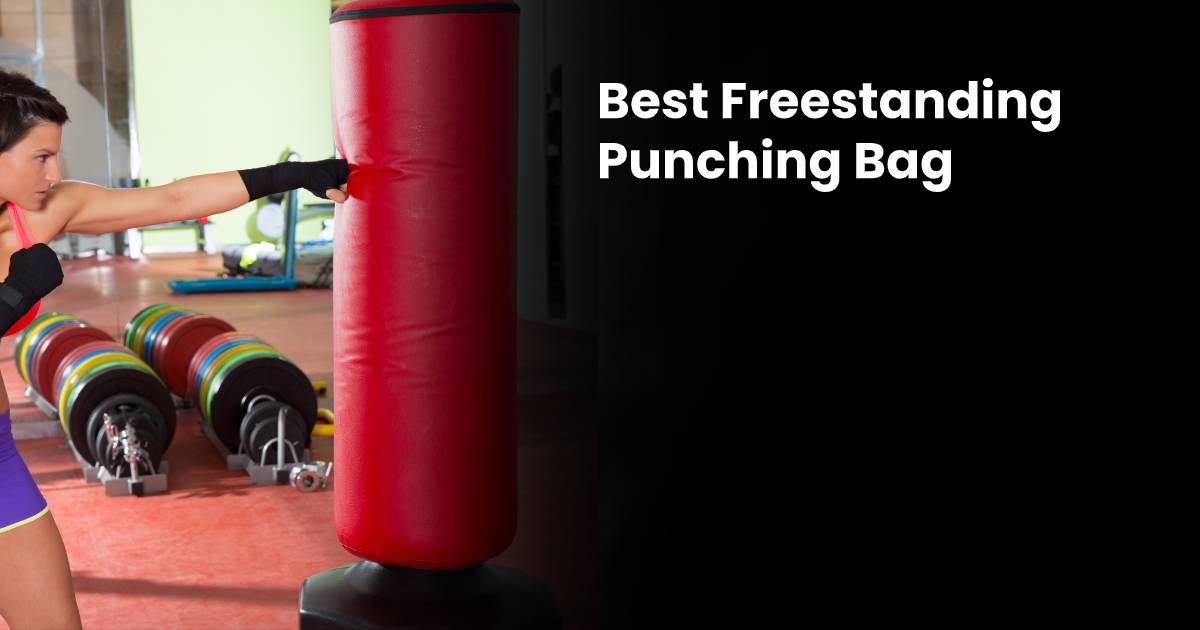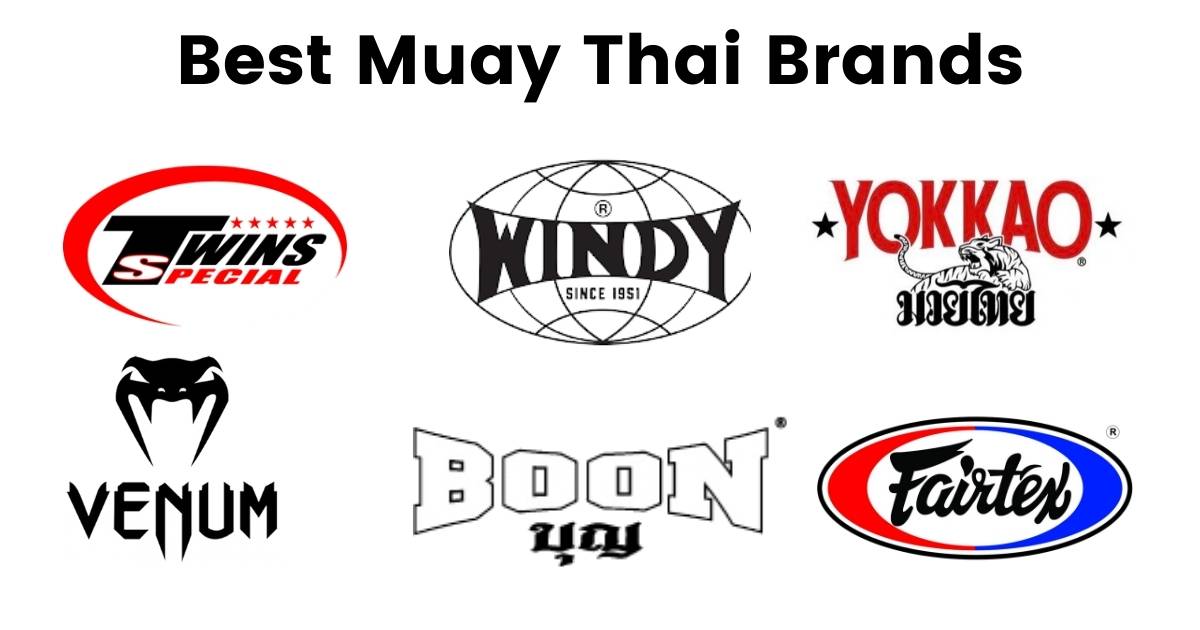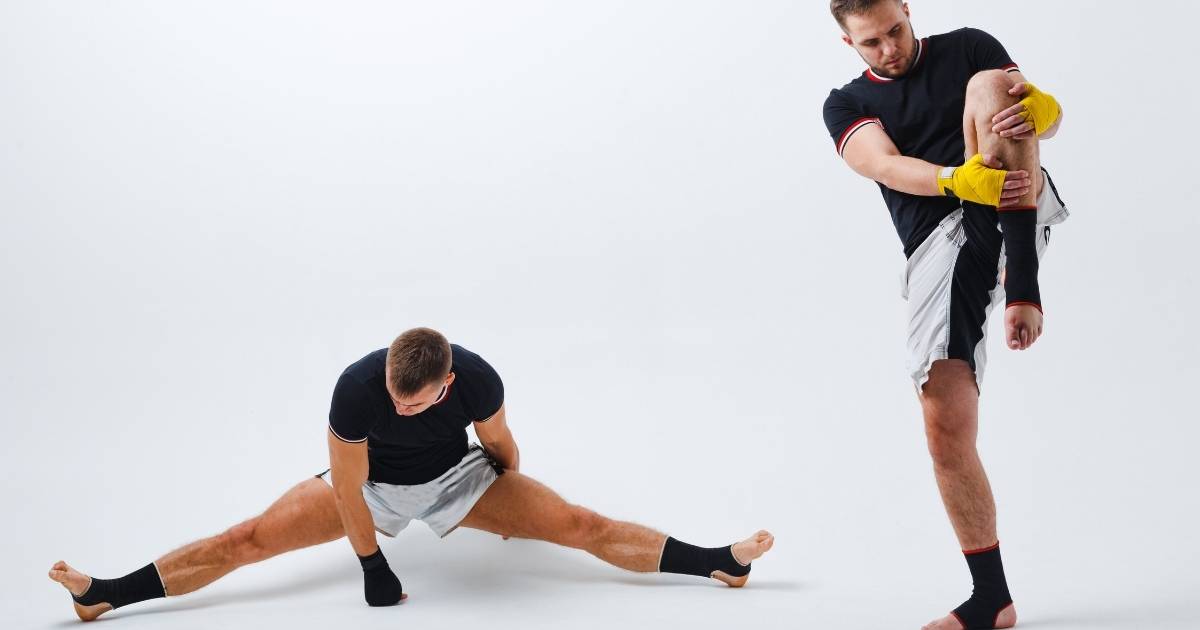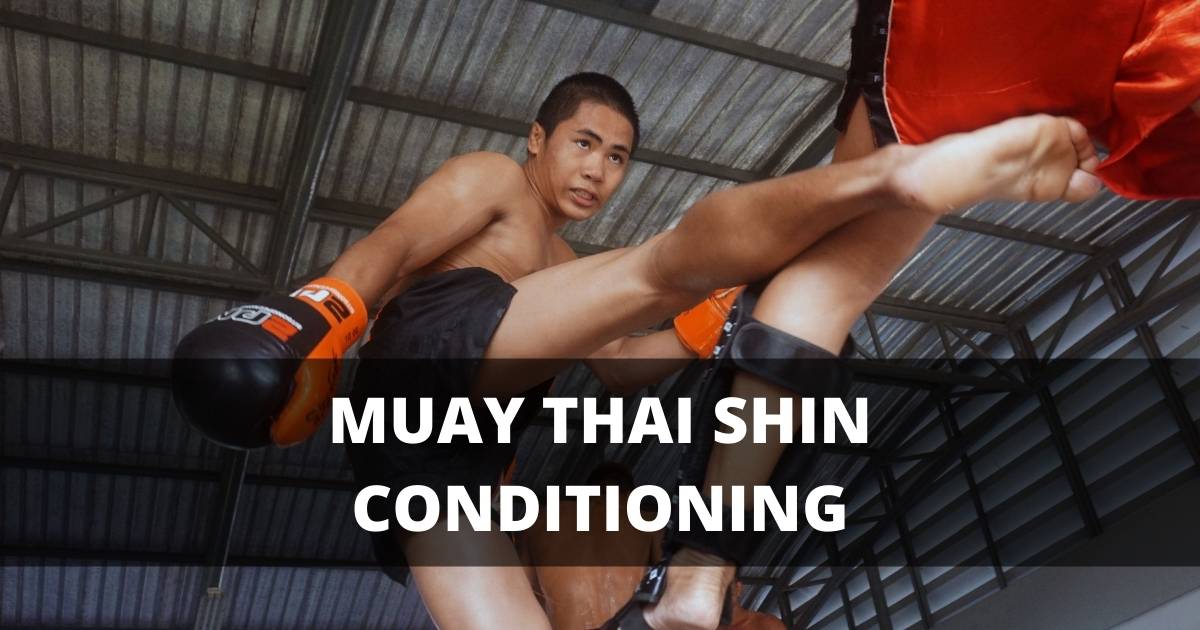Are you planning on heading to the gym for training or planning on purchasing a personal punching bag and have no idea where to start?
Well, worry not, we will give you detailed information on the different types of punching bags. It is essential to know that each punching bag has different training purposes and each has its benefits.
Different punching bags vary in shape, weight, and size, as well as resistance and experience that each adds to your training. Below is a list of the different types of punching bags available for home purchasing and use in training gyms.
Contents
Different types of punching bags and their uses
Heavy bags
Heavy bags or jumbo bags as they are sometimes referred to are perfect for hard and heavy training. This is because of the increased weight on the bags that improves your strength and muscle tone. They are usually made from either genuine or synthetic leather, which is a good target for striking. On the other hand, density and the weight of the punching bags determine the level of resistance. Heavy bags are ideal for boxing, Muay Thai, kickboxing, and Taekwondo training.
Banana bag
The banana bag or long bag is relatively thinner and longer compared to the heavy punching bag. The banana bag often hangs such that its bottom rests on the floor or at times is attached to the floor. It is the ideal punching bag for people who want to perfect their low kicks among other kicks. Unlike other punching bags, the Muay Thai banana bag does not swing as much.
The bottom of the banana bag tends to be solid over a given period since more materials begin to compact at the bottom. This is the most popular type of punching bag in Thailand and ideal for kickboxing, MMA, and Muay Thai training.
If you’re a beginner in Muay Thai or kickboxing then you may want to use Thai shin guards on this type of bag until you perfect your kicks.
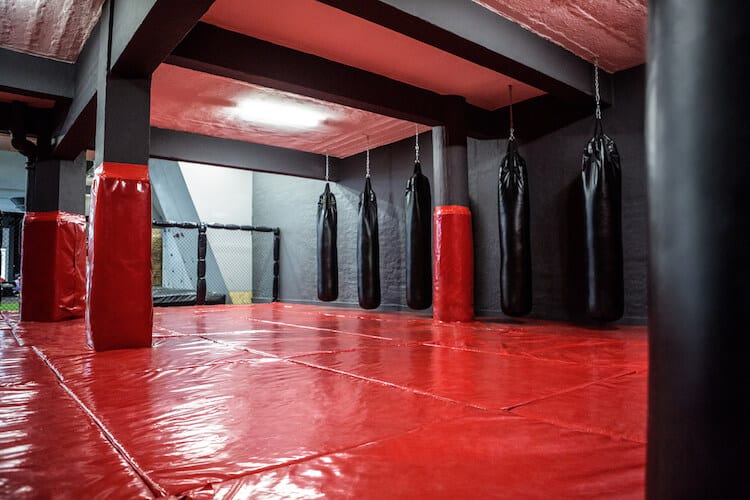
Double-ended heavy bag
The double-end heavy bag is also referred to as a floor to ceiling bag since it has two attachment points. These two attachment points allow it to connect to the floor and ceiling. There are two types of double-end punching bags, one is the Mexican double end bag, whilst the other is a double end speed bag. The way they differ is that the Mexcian double end bag has a top and bottom, requiring two bladders. The double end speed bag we will cover a bit later but it only has one bladder. The Mexican double-end heavy bag is perfect for improving accuracy, combination punches, and hand-eye coordination skills.
It is the perfect punching bag in case you want to improve your speed and rhythm. It acts more as the speed bag but gives you the benefit of moving around it while striking. It is used to perfect defensive tactics since it swings back with speed after striking. The double-ended heavy bag is ideal for boxing training. This is because you improve accuracy, combination speed, and hand-eye coordination skills.
Angled heavy bag
The angled heavy bag is designed in a way that allows you to throw body hooks and uppercuts at it during training. It is specially shaped to allow users to get underneath the bag enabling you to train these specific types of punches that are more difficult on a heavy bag. The top of this punching bag is heavy and wide while the bottom is lighter. It is the perfect punching bag for boxing, kickboxing, and Muay Thai training.
Teardrop bag
Just as the name teardrop suggests, this punching bag is shaped like a teardrop with a wide and heavy bottom. This unique shape allows users to hit it at different angles during training. This punching bag comes in handy while perfecting your uppercuts and hooks to the body. They are perfect for both kickboxing and Muay Thai training since you can kick, elbow, and knee the punching bags aside from delivering effective uppercuts and blows.
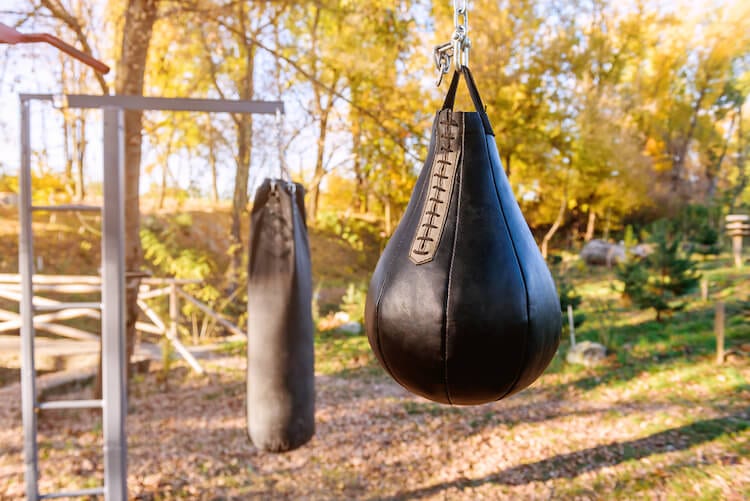
Free Standing punching bags
The freestanding punching bags are ideal for home training in case you have limited space. They stand upright while training and are as effective as a hanging heavy bag. You are unlikely to find this type of punching bag in most gyms since it is not practical especially if they are hit hard.
The base of this punching bag needs to be heavy enough to prevent it from moving around during training. You will have to fill the base of a freestanding punching bag with either water or sand to avoid it toppling over. This type of bag is popular amongst boxing, kickboxing, taekwondo, and other martial arts enthusiasts.
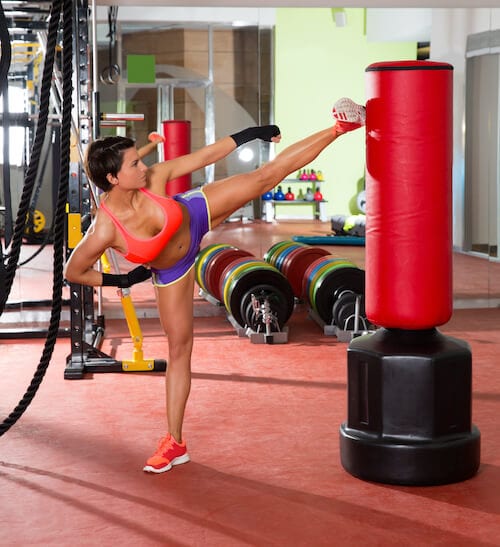
Uppercut bag
We’ve already touched on which punching bags are good for uppercuts. But a specific uppercut bag is a specialized punching bag that is designed solely for uppercuts. It is only for uppercuts and therefore it is impossible to kick it. Well, not impossible, but not what it should be used for.
It is specifically for close contact uppercut work. An example is when you are neck to neck or face to face with your opponent and you want to unleash a heavy uppercut hit. Heavyweight boxers will be more interested in this type of bag as it’s a type of punch that they’ll need to master. It truly is the perfect punching bag for boxers since it sharpens their uppercut skills.
Speed bags
This is a common punching bag that is normally used by boxers during their training. This training bag is essential because it helps boxers improve their timing and speed skills. To keep the speed bag moving, you need to timely hit it or else you will lose the rhythm. Another benefit of this punching bag is that boxers learn to always keep their hands up during training, which can loosely help with practicing your guard.
We’ve reviewed every part that you’ll need to get set up training with a speed bag. From the speed bags themselves to the speed bag platforms and even the swivel that connects them both together.
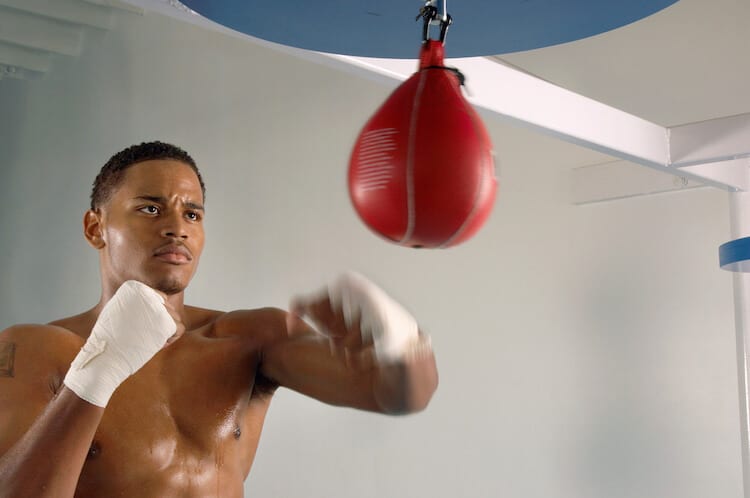
Double-end bags
We’ve already mentioned double-ended heavy bags, but now we are referring to double end speed bags. These have only one punch ball and swing much quicker than the heavy bag version. This double end bag still has two attachment points just that it is much lighter. It is great for improving your stamina, accuracy and feet movement.
Wall bag
A wall-mounted bag is a small angular bag that is screwed on the wall. It is the perfect punching bag for fast boxing combinations that include straight punches, body punches, and or uppercuts. Since this punching bag does not swing, there is limited foot movement. If you want to train your footwork we’d recommend the double end speed bag. It is ideal for kickboxing, Muay Thai, and boxing training as it’s perfect for striking.
Summary
So, we’ve come to the end of our article on the different types of punching bags and their uses. You can choose the ideal punching bag according to your training routine. This will help you achieve your set workout goals and targets. We didn’t mention which bag is the best for small spaces, so we recommend you check out our best punching bags for apartments review list if that’s what you’re interested in. The above list is a summary of the different types of punching bags available in the market and you can choose one that best suits your needs.

